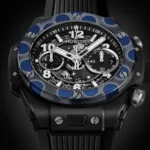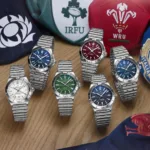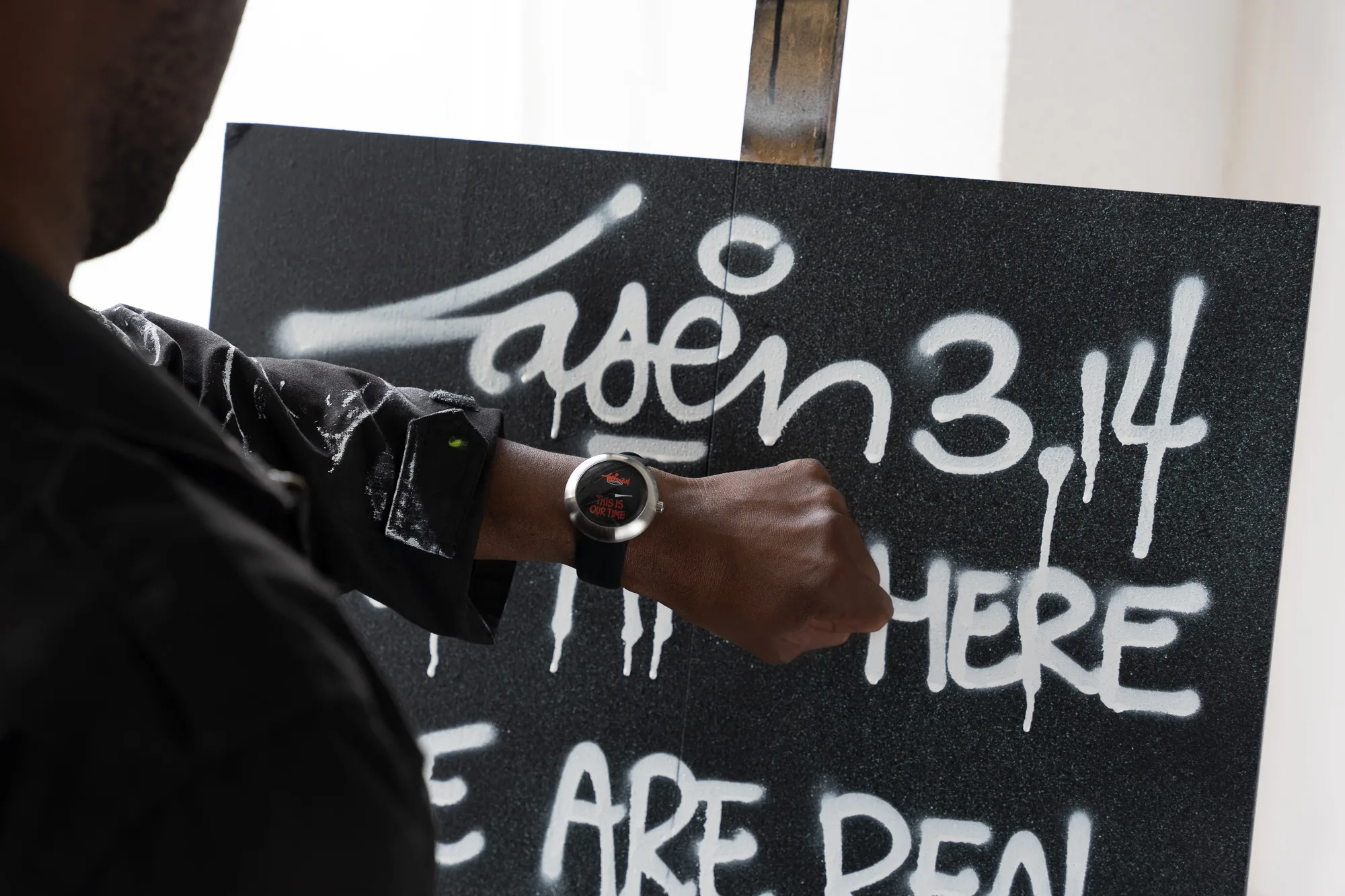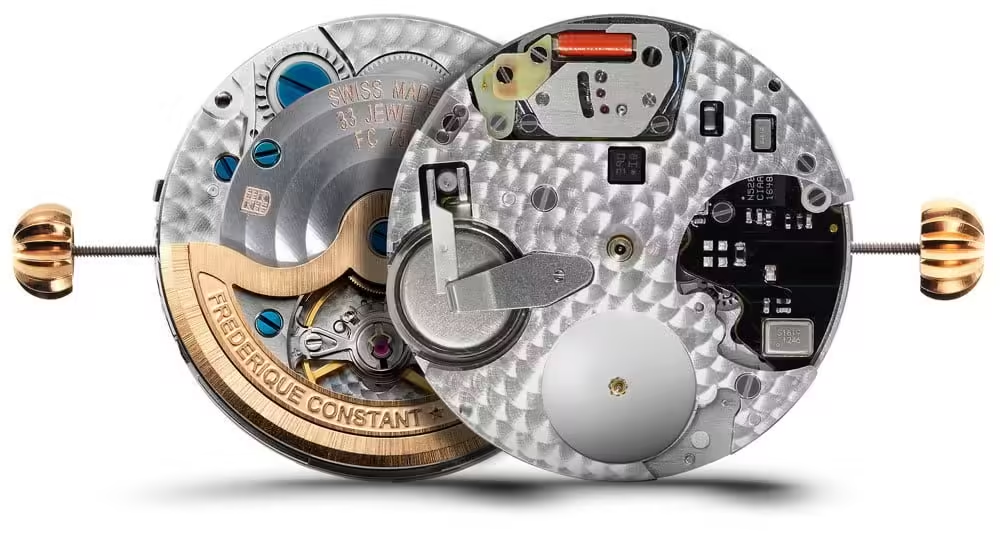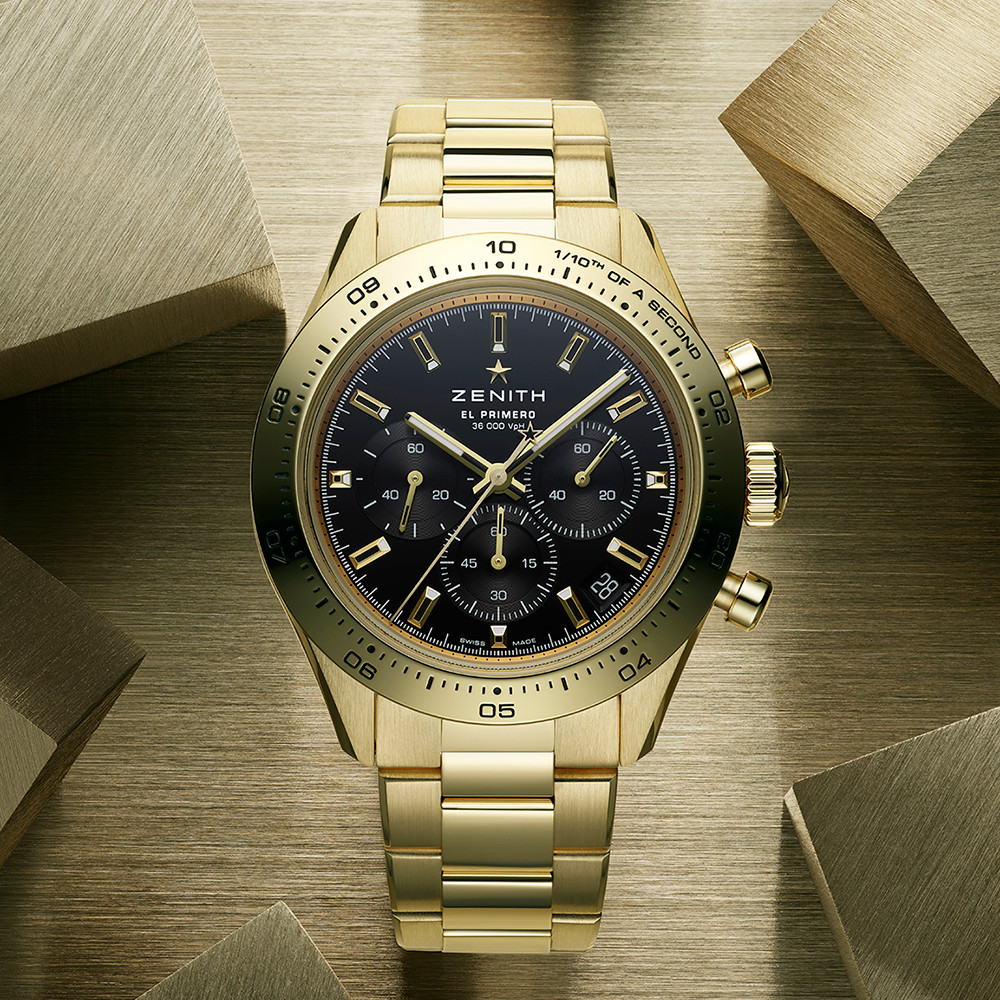A new artistic collaboration under Jaeger-LeCoultre’s Made of Markers pogramme to celebrate the design of Reverso: the 1931 Golden Flowers designed by digital floristry sculptor Brendi Wedinger.
Jaeger-LeCoultre, in its ongoing endeavor to expand its cultural horizons, is delighted to introduce the latest chapter in its “Made of Makers” program: a fresh collaboration with Brendi Wedinger, a Los Angeles-based multimedia artist renowned for her work in 3D digital art, sculpture, and floristry.

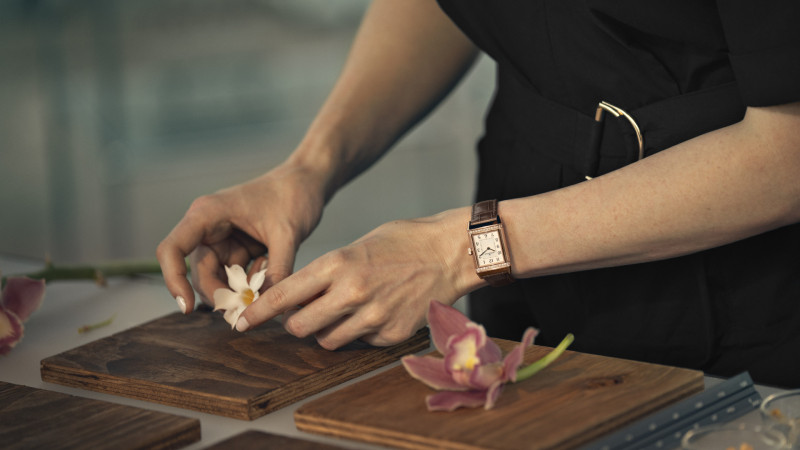

Deepening the Connection Between Watchmaking and the Arts
“Made of Makers” is an initiative that explores and enriches the natural relationship between horology and art by engaging in collaborations with artists, designers, and artisans from diverse fields beyond watchmaking. This program seeks out artists who share Jaeger-LeCoultre’s values of creativity, expertise, and precision, with a central theme of nature. They explore novel avenues of artistic expression using various, often unconventional materials and media. Like the skilled watchmakers at La Grande Maison, these artists and innovators draw upon a profound respect for tradition as the foundation for their groundbreaking creations. This year, Jaeger-LeCoultre takes its journey into contemporary art a step further with an unexpected collaboration.
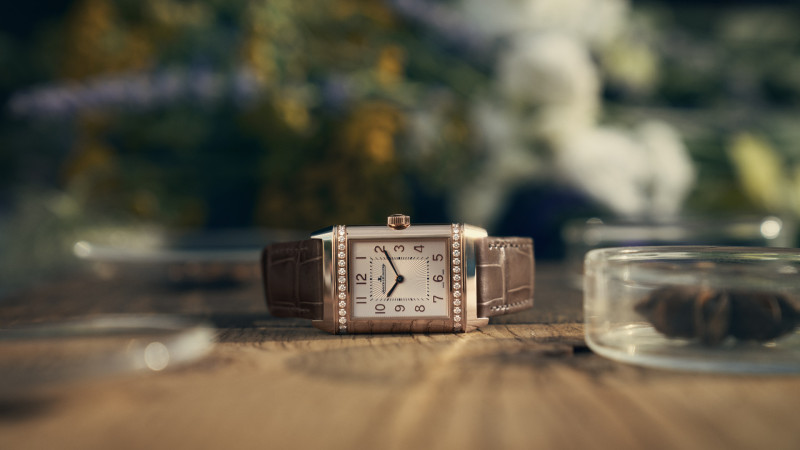
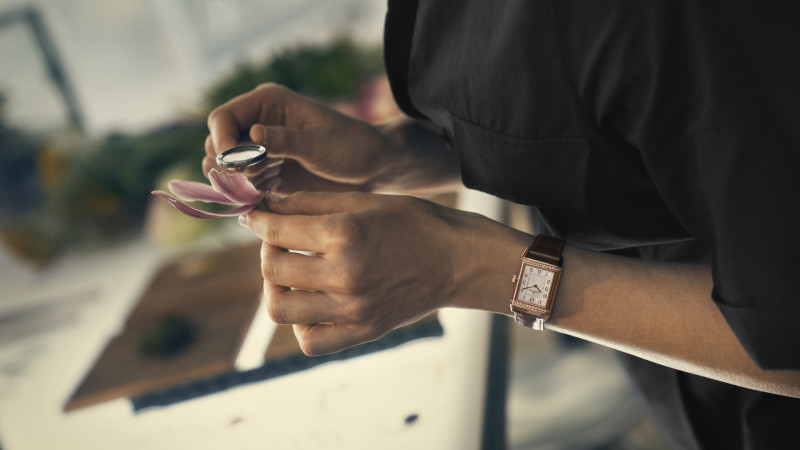
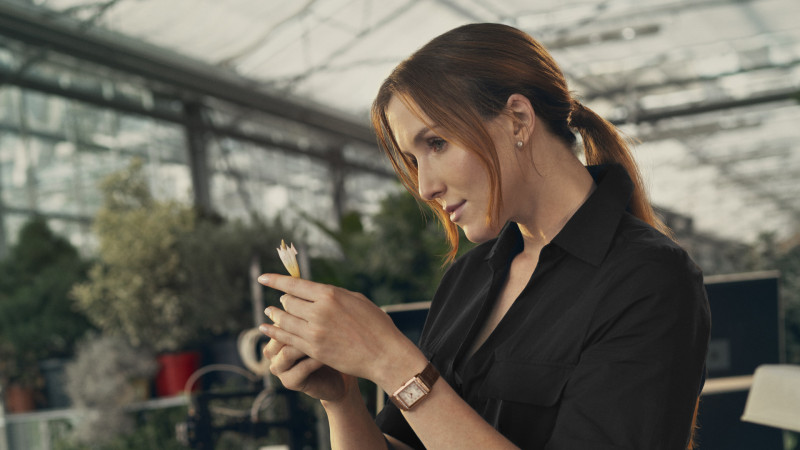
A Unique Artistic Vision That Fuses Nature and Technology
Based in Los Angeles, Brendi Wedinger is a versatile artist and designer, renowned for her three-dimensional, digital artworks that blur the lines between reality and fantasy. Her primary muse is nature, emphasizing themes of biodiversity, sustainability, renewal, and a particular affection for flowers. She merges various elements to craft a new and surreal visual reality that’s almost tangible, at times abstract, frequently highly sculptural, and always emotionally compelling.
Although the virtual world of Brendi Wedinger’s art and the technical tools she employs may seem a world apart from the organic world she portrays, her creative process is deeply rooted in traditional craftsmanship. “Rather than using a computer programme to design the work from the outset, I always begin by using the technical tools to hand-sculpt the larger three-dimensional elements, such as the petals of a flower, and hand-draw the fine details. Once I have completed this stage, I use a lot of mathematical equations to create textures, transparency and layering effects,” she explains. “What drew me to the digital medium is that it gives me more tools to play with and a wider scope for experimentation, so that my work becomes a more expressive homage to nature rather than a literal representation of it.”
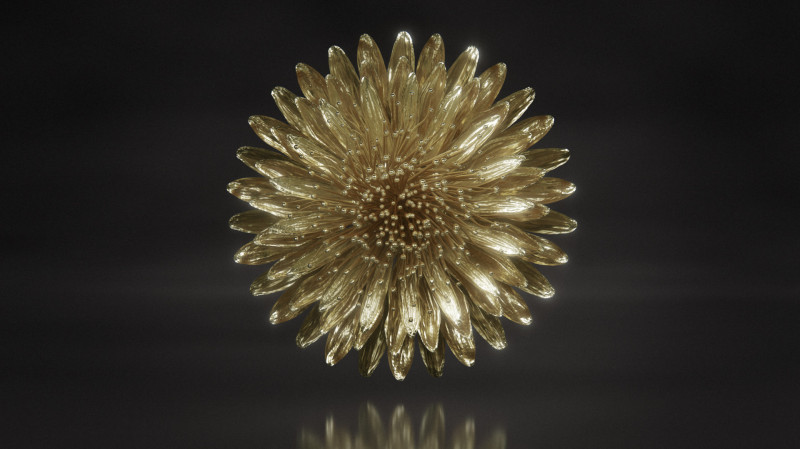
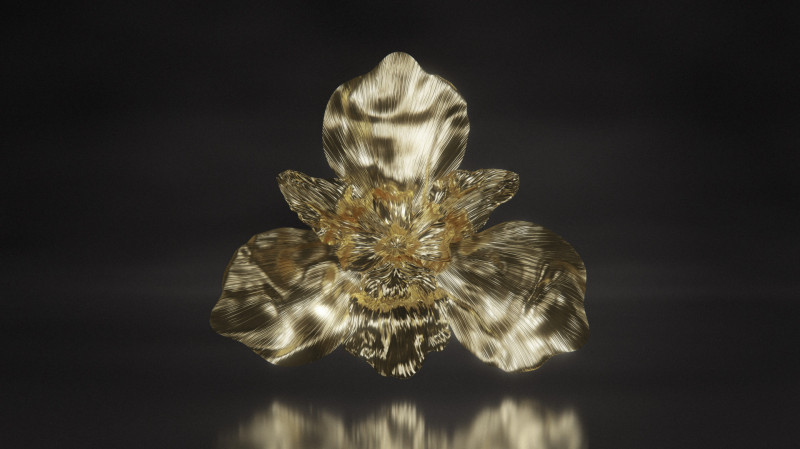
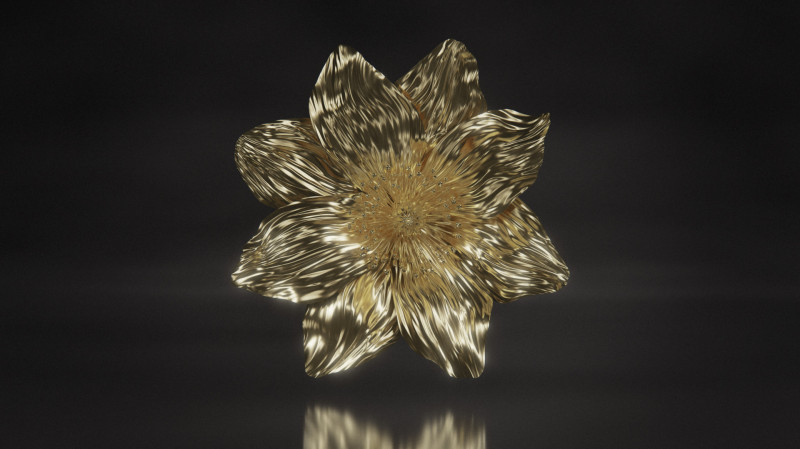
New 3-D Artworks Inspired by the Flora of the Vallée de Joux
For each “Made of Makers” collaboration, Jaeger-LeCoultre commissions an original piece, inviting the artist to express a theme dear to the Maison through their distinctive craft. Given Brendi Wedinger’s profound connection with the natural world, the theme of her new work was undeniably nature, one of Jaeger-LeCoultre’s core values, and specifically, flowers.
Similar to all “Made of Makers” collaborators, Brendi Wedinger spent time at Jaeger-LeCoultre’s home in the Vallée de Joux before embarking on her commission. Here, she delved into the crafts of watchmaking and explored the natural surroundings that envelop the Manufacture. She amalgamated elements from every facet of her visit to create her latest work—a trio of surrealistic flowers.
“Everything about that visit – from the wildflowers in the fields, to the incredible complexity and tiny scale of the watch components and the patience and skill of all the different craftsmen in the Manufacture – was like a romantic fantasy world, so far from the lightning-fast pace of modern life,” says Brendi Wedinger. “Aside from the natural beauty of the valley, I felt very inspired by the high-complication watches and the unique details you find in them. I wanted the flowers to be complex and one-of-a kind, like the watches, with all of the beauty and immense detail that can be found in both.”
Each of these three creations pays homage to various flowers found in the Vallée de Joux across changing seasons, rather than representing a specific flower species found in nature. Brendi Wedinger elaborates, “When people look more deeply at each work, they will see that every element is recognizable and traceable to a natural flower, but I remixed and layered the details to emphasize their surreal nature.” An integral aspect of the commission was rendering the flowers in (digital) precious metals used at Jaeger-LeCoultre. This adds a hyper-realistic illusion of shadows and reflections created by light falling on polished gold, further intensifying the surreal effect. The artist has skillfully played with contrasting ideas—the juxtaposition of nature’s organic softness with the cold solidity of metal, the blend of the digital and the physical, and the convergence of the ephemeral with the static. These nuances introduce subtle layers of tension and intrigue, enhancing the emotional impact of each piece.
From Nature to Art…and Back to Nature
In a nod to botanical traditions, each of the flowers has been officially christened with Latin names, accompanied by English equivalents. To link them to the Maison’s history, Jaeger-LeCoultre has added an official name to each flower that pays tribute to the year of origin of the Reverso. Consequently, elements from poppies, alpine pasques, and grass of Parnassus have been merged to craft “Flos Montis Fluit” (The Flower of the Mountain Flows), known as the “1931 Golden Poppy.” Combining poet’s daffodils, red hemp nettles, and late spider orchids resulted in “Gemma Vallis” (The Jewel of the Valley), recognized as the “1931 Golden Orchid.” For the third flower, water mint, scabious, and fringed pink have been harmonized to form “Rhapsodia Petalorum Alpinorum” (The Rhapsody of Alpine Petals), known as the “1931 Golden Thistle.”
To further blur the boundaries between the real and surreal, Jaeger-LeCoultre enlisted a French plant breeder to identify a flower that closely resembled the form of the “1931 Golden Orchid” and to create an exclusive hybrid for the Maison. Named the “1931 White Orchid,” it serves as a natural, tangible representation of Brendi Wedinger’s artistic creation. These flowers, both in their physical and virtual forms, will become an integral part of Jaeger-LeCoultre’s visual identity and feature in various initiatives in the future.
For more information, please visit Jaeger-LeCoultre.com.
